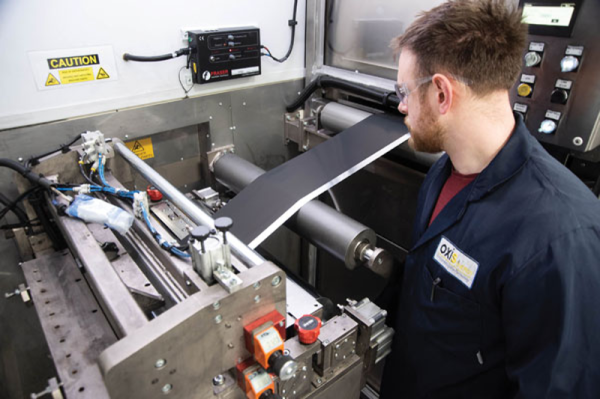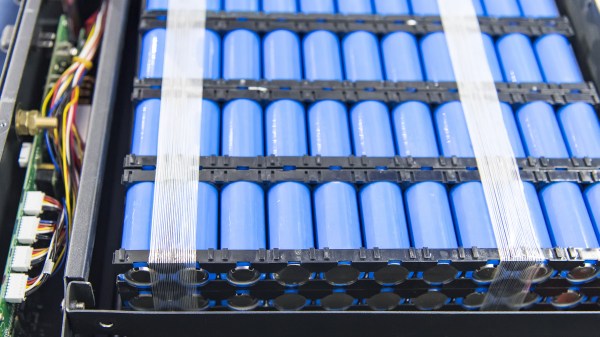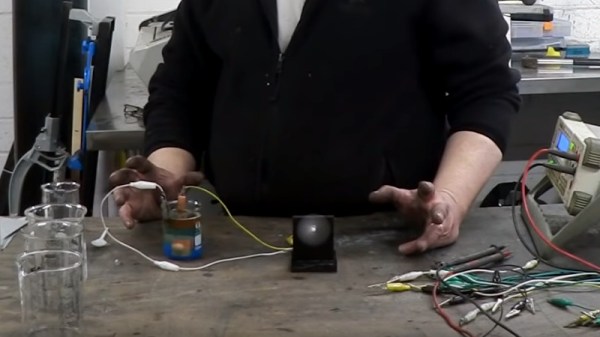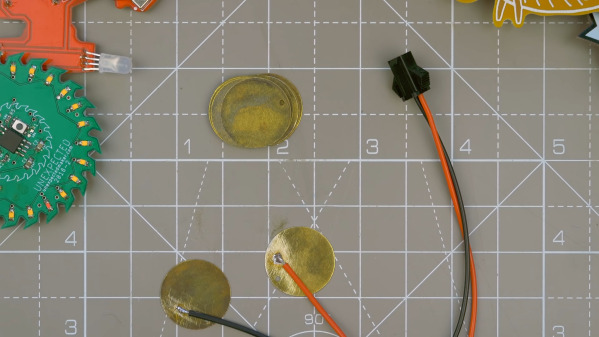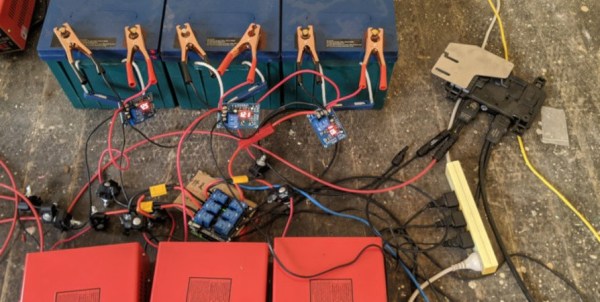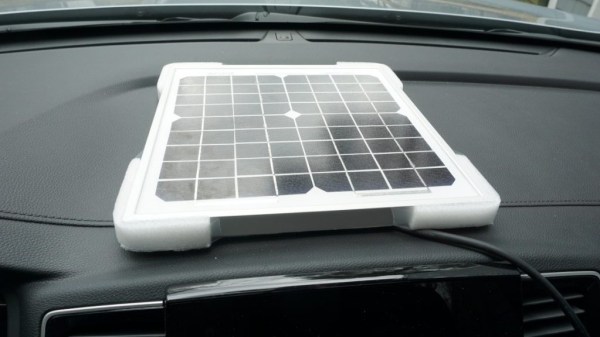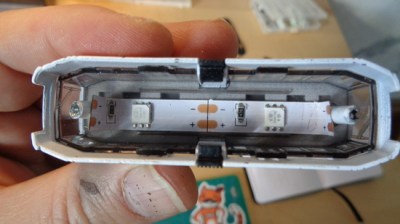Spectrum recently published a post on a new lithium sulfur battery technology specifically targeting electric aviation applications. Although lots of electric vehicles could benefit from the new technology, airplanes are especially sensitive to heavy batteries and lithium-sulfur batteries can weigh much less than modern batteries of equivalent capacity. The Spectrum post is from Oxis Energy who is about to fly tests with the new batteries which they claim have twice the energy density of conventional lithium-ion batteries. The company also claims the batteries are safer, which is another important consideration when flying through the sky.
The batteries have a cathode comprised of aluminum foil coated with carbon and sulfur — which avoids the use of cobalt, a cost driver in traditional lithium cell chemistries. The anode is pure lithium foil. Between the two electrodes is a separator soaked in an electrolyte. The company says the batteries go through multiple stages as they discharge, forming different chemical compounds that continue to produce electricity through chemical action.
The safety factor is due to the fact that, unlike lithium-ion cells, the new batteries don’t form dendrites that short out the cell. The cells do degrade over time, but not in a way that is likely to cause a short circuit. However, ceramic coatings may provide protection against this degradation in the future which would be another benefit compared to traditional lithium batteries.
We see a lot of exciting battery announcements, but we rarely see real products with them. Time will tell if the Oxis and similar batteries based on this technology will take root.

